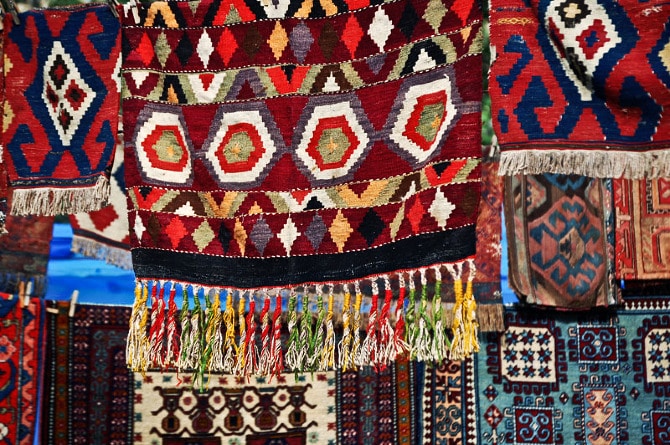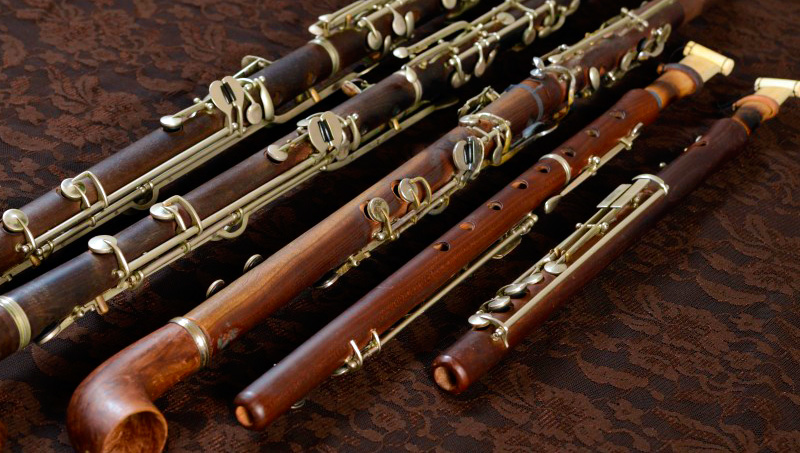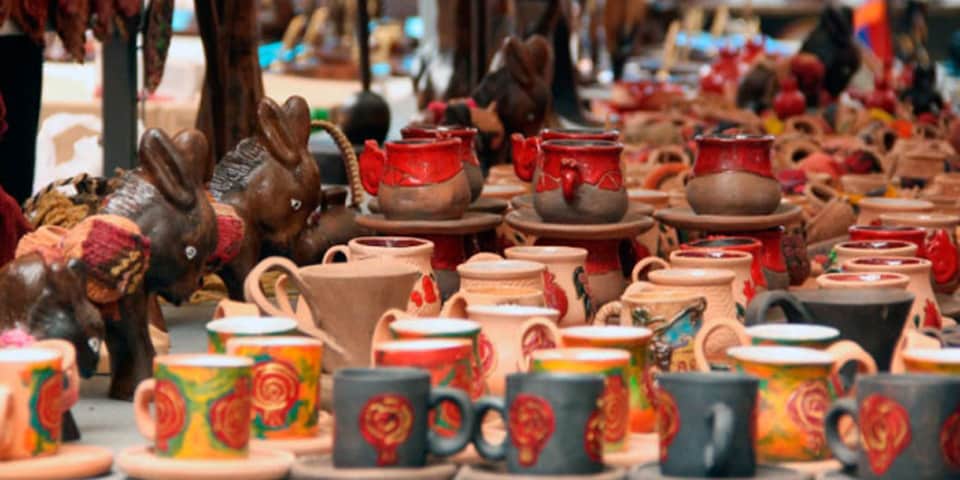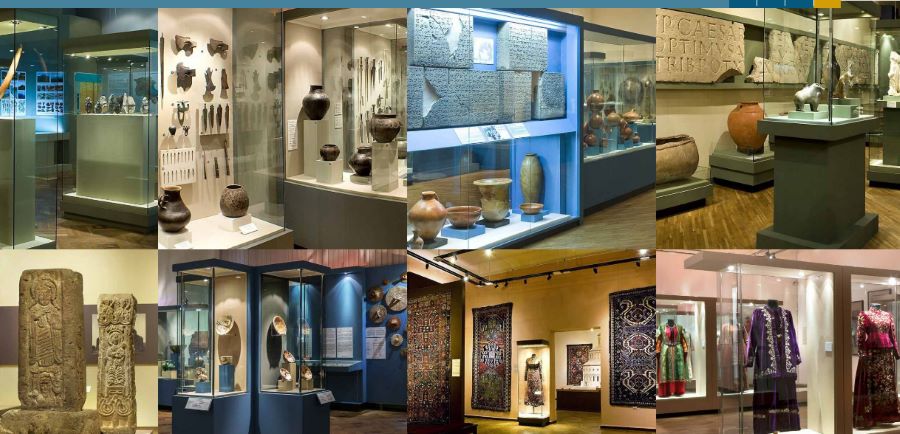
Located at the crossroads of east and west, Armenia has rich artisan traditions and unique handicrafts that reflect its history and culture. Influenced by the diverse cultures, Armenian craftsmanship reflects the creativity, resilience, and artistic spirit of its people. In addition to buying Armenian handicrafts as souvenirs, tourists can also attend masterclasses to learn more about centuries-old traditions.
From elegant jewelry that reflects ancient motifs to the world-renowned craftsmanship of Armenian carpets, you will discover a world of colorful pieces. Although some crafts have been lost over the years, more handicraft workshops have been opening during the last 10 years. They are not only the symbols of cultural identity but also bridge the past with the present, preserving the legacy of generations.
So, let’s explore the places where tourists can buy handmade pieces and watch how they are made.
Carpet Weaving
Armenian carpets hold a storied history that stretches back millennia․ The tradition of carpet weaving has been intricately intertwined with Armenian society, craftsmanship, and identity. It was passed by women from one generation to another and was more a symbol of heritage preservation rather than a mere floor covering.
You can find carpets in the Armenian churches and this tradition can be traced to the Middle Ages. The records dating to the 5th-century mention rugs used in churches and houses. The distinctive features of the Armenian carpets are bright colors, geometric shapes, and some messages embedded within designs. The craftswomen usually used natural dyes from plants and minerals. The most popular was vordan karmir (worm’s red), a red cochineal dye.
In modern Armenia, the tradition of carpet weaving has been reviving since the middle of the 90s. It happened mainly thanks to the efforts of Diaspora Armenians who have started manufacturing and promotion of the carpets. For example, you can visit the Megerian Carpet Museum in Yerevan to buy a piece from its rich collection and to see how the rugs are weaved.
Khachkars

Dating back to the 9th century, khachkars hold deep religious and cultural significance. Each one is a unique piece of art and often features intricate patterns, including crosses, leaves, and pomegranate. Found near Armenian churches and cemeteries, khachkars serve as memorials, and prayer stones symbolizing Christianity and Armenian heritage. These stone crosses are included on the UNESCO representative list of the Intangible Cultural Heritage of Humanity and are scattered around Armenia. Tourists can discover some unique pieces near Noravank monastery, in Geghard complex, or near Sanahin and Haghpat monasteries in Lori province.
There are dozens of articles about Armenian cross-stones called khachkars. Tourists may think they can find khachkars only near churches and monasteries somewhere in the mountains.
However, you can find them even in downtown Yerevan. A small khachkar studio is located in the heart of Yerevan on Aram Street. This small place has no doors and everyone passing by can see how the khachkars are carved. In addition, the craftsmen usually hold masterclasses for those who are interested in this unique centuries-old tradition.
Duduk Making

Traditional Armenian woodwind instrument duduk has a history of more than a thousand years. It is crafted from apricot wood and embodies centuries of Armenian musical heritage. Why is duduk so popular? It’s a simple instrument with a clear design but its haunting notes reflect the sorrow and joy of the Armenian people.
The instrument having a unique timbre is also inscribed on UNESCO’s Representative List of the Intangible Cultural Heritage of Humanity. The instrument gained international recognition thanks to its most famous player Djivan Gasparyan. The sounds of duduk by Gasparyan can be heard in The Gladiator and other famous Hollywood films.
Today duduk is not only a musical instrument but also a souvenir that you can take home. Some pieces are sold at Vernissage. However, there are also studios where tourists can watch how the instrument is being made or join a masterclass.
Vernissage

An open-air market in the heart of Yerevan is famous among locals and tourists. It’s a vibrant marketplace where artists and craftsmen sell their goods. The pieces presented at Vernissage range from paintings and carpets to colorful ceramics, jewelry, and handmade chess.
Vernissage opens every weekend and is just a 5-minute walk from Republic Square. Even if you do not want to purchase any souvenirs visit the market just to enjoy its nice atmosphere. Here you can also find musical instruments like duduk and shvi as well as Armenian national costumes.
The fact that most tourists find funny: Vernissage is a place where some strange stuff like old radios, tape recorders, old medical devices, or Soviet-era dishes and medals is displayed. Thus, many tourists visit the spot just to take some colorful photos and get into the spirit of a bazaar where new and old meet in nearby stalls.
Where to See Pieces of Ancient Art?

The Historic Museum of Armenia is a captivating destination for tourists willing to see the pieces of ancient art. Located in Republic Square, the museum houses an extensive collection of archeological findings that trace the country’s history and cultural heritage. Among them are weapons and clay pottery from the Bronze and Early Iron Ages.
The ethnographic department displays the life of Armenians through the ages, showcasing traditional clothing, crafts, and daily life objects.
